Give The GIF Of Climate Change
This is fantastic: https://t.co/fQfK0LnYtr
— Ezra Klein (@ezraklein) May 11, 2016
Here are some other marvelous, wonderful, sensational, outstanding, superb, super, excellent, first-rate, first-class, dazzling, out of this world, breathtaking popular climate change GIFs (and one video):
Drone footage of Greenland melting:

GIF footage of Greenland melting:
Roughly half of Greenland’s ice sheet surface is melting: http://t.co/asbaOI5ILD pic.twitter.com/tqK40sHdaA — Climate Central (@ClimateCentral) July 9, 2015
The megadrought that’s probably coming in the next century:
This will be the megadrought century, new study suggests. My post up in a few minutes. (gif @NASA@ClimateCentral) pic.twitter.com/VkuUH2jyPe — Eric Holthaus (@EricHolthaus) February 12, 2015
Ocean acidification across the globe:
One gif shows years of ocean acidification across the globe https://t.co/7xUJbwXYINpic.twitter.com/8K4hOWgmjH — Climate Central (@ClimateCentral) February 26,
The warming of the waters around Australia causing coral bleaching:
#GreatBarrierReef bleaching almost impossible without climate change https://t.co/Dji1Z5haO2 @ConversationEDU pic.twitter.com/ZmIs9R1Gu6 — WWF_Australia (@WWF_Australia) May 9, 2016
Tornado season 2015 in eight seconds:
An entire tornado season in one GIF: http://t.co/O5dJd3IEMF pic.twitter.com/lmftHpYBm0 — The Weather Channel (@weatherchannel) May 4, 2015
The state of arctic sea ice in 2012, by area, extent, and volume. 2012!!
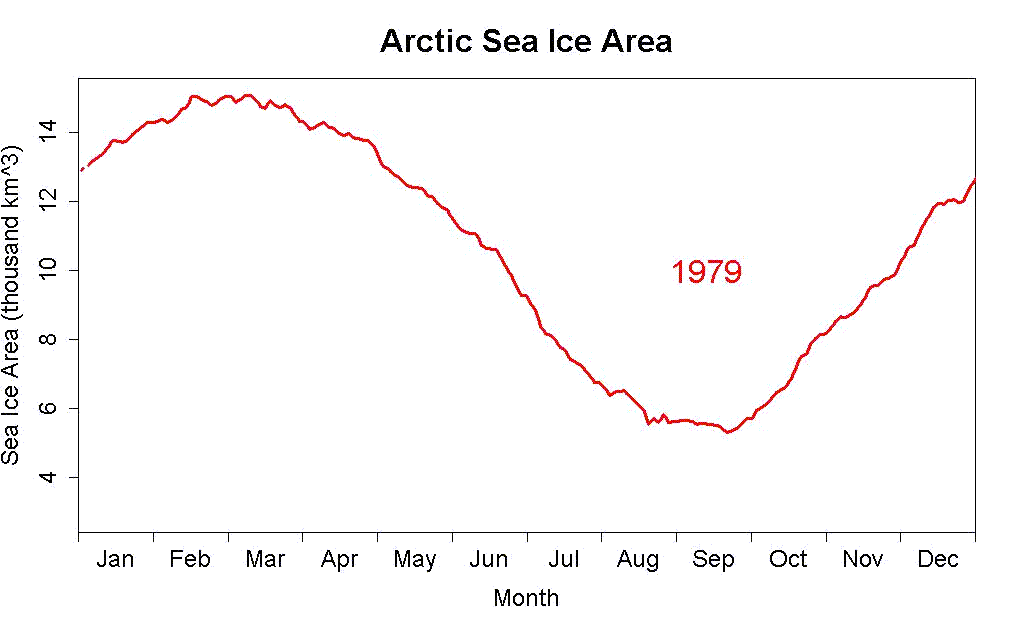
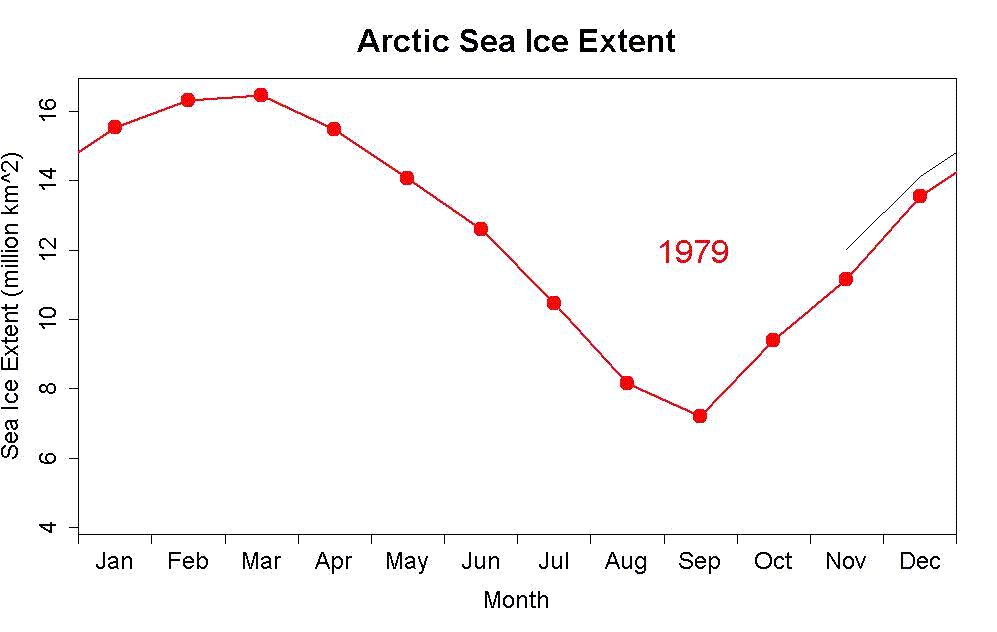
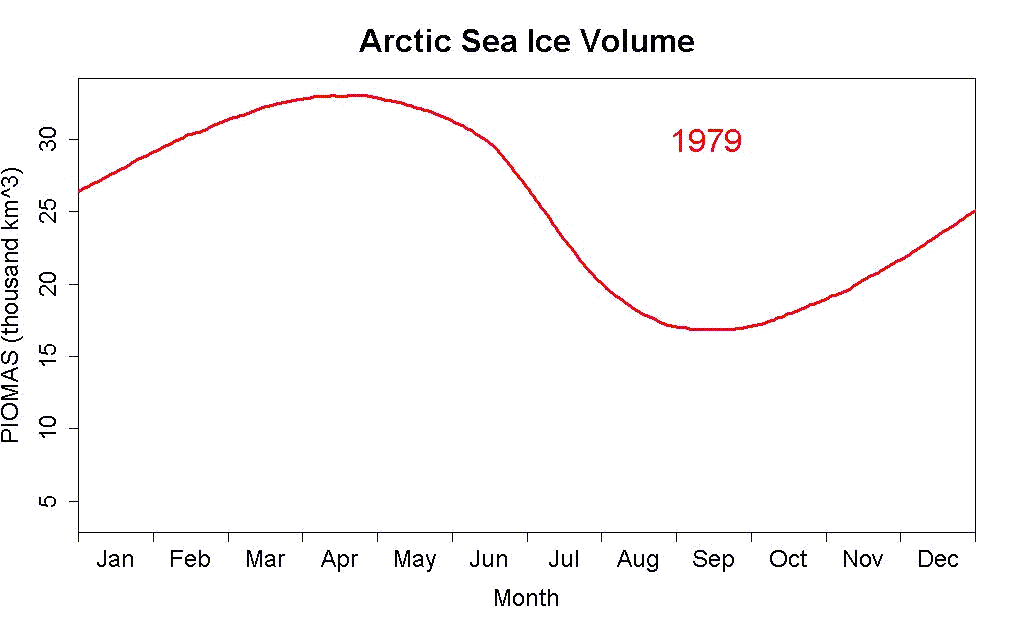
More of the Arctic losing its sea ice, in 2016:
This video shows the incredible disappearance of the Arctic’s oldest sea ice https://t.co/YnNkTtEY1epic.twitter.com/38711oGMpa — Climate Central (@ClimateCentral) March 9, 2016
How global warming is making your allergies worse:
Pollen production is on the rise https://t.co/TdLNMfK7mkpic.twitter.com/rSL9WigHIm
— WXshift (@wxshift) May 7, 2016
Bet I know which one is your favorite!!
For Keeps
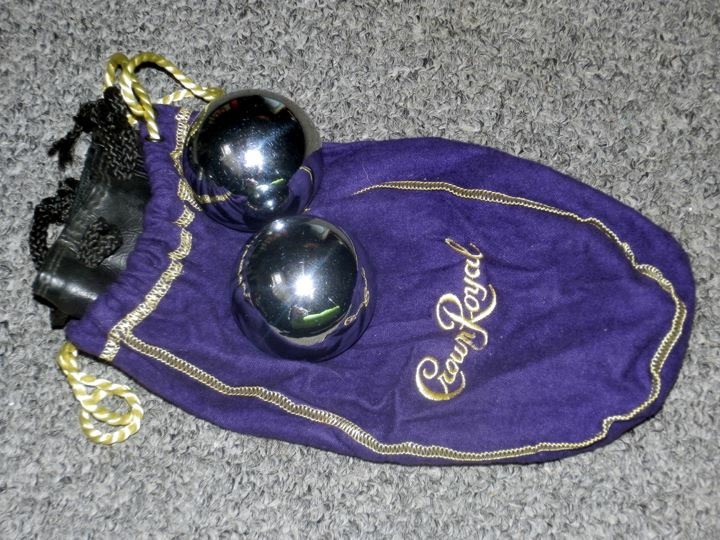
If you’ve ever bought a bottle of Crown Royal Canadian whisky, you know the iconic bag, that ubiquitous purple “velvet” satchel with gold stitching and tasseled drawstring. Nearly everyone has one, even if they’re unsure where it is, or even how they got it. They’re impossible to throw away, and are just the right size, perfect for, say, a camera lens, weed stash, or as a relative used it for, an old set of dentures. Heck, I had one moons before I even knew about the whisky, and was probably using it to store Tiddlywinks, or my Indian Head pennies.
The bag does go back generations. In fact, the Canadian distillery’s first batch of hooch was blended in 1939 for the premier visit to the Americas by none other than England’s King George VI and his wife, Queen Elizabeth. No reigning British monarch had ever set foot on the continent. Upon hearing of the impending visit, Seagrams Chairman Samuel Bronfman sought to create a whisky, well, suitable for a king. He was said to have sampled six hundred blends before approving the recipe, the etched-glass crown-shape bottle and cap and now-venerable purple bag, the color chosen to imbue royalty.
For many subsequent years, the purple bag and its contents remained under wraps in Canada. That ended in the 1960s, when some enterprising Canadians, having packed some purple pouches, headed for oil-rich Texas. After that the blended whisky and their bags were also sold in the United States.
It’s Crown Royal’s aim that that whole “royal” vibe endures. “You get a box, you pull out the bag, and you get a bottle topped with a crown. It’s an absolute ritual that we know consumers love,” said Yvonne Briese, Crown Royal’s vice president.
These days, about fifty million bags are stitched for Crown Royal annually, up fifteen percent from last May. Although there are now nine bag colors, representative of variants in the Crown Royal series, the most popular by far is that purple bag, which houses Crown Royal Deluxe, the producer’s original whisky. “The bags are extremely important to the overall brand,” Briese said.
For competitive reasons, Briese can’t disclose where the bags are produced, except that it’s somewhere in Canada, where Crown Royal’s most notable plant is in Amherstburg, Ontario (the whiskies are made in the rural town of Gimli in Manitoba). “We have a bagging machine,” she explained. “If you see it in action, everything is calibrated down to the smallest percentage possible so that bottles fly off and into the bags. It’s a highly efficient machine. The machine is very sensitive, so vendors are carefully chosen.”
The bag has basically remained the same, although it once bore the Seagrams name (Crown Royal, which produces the United States’ top-selling Canadian whisky, is now owned by Diageo). The bag itself — probably made of felt, although Crown Royal couldn’t say — was trademarked in the mid-1960s.
Aware of the bag’s immense popularity, Crown Royal uses it to benefit others. For example, the manufacturer has hosted hundreds of bag-stuffing events throughout the country, creating over 100,000 care packages for active-duty military members overseas. In turn, some of the bags have been used to protect equipment like night goggles, Briese said.
In some markets consumers can donate Crown Royal bags to stores, and, for every bag donated the distillery gives $1 to a charity partner.
Crown Royal is making some money from the bags themselves, although it won’t disclose how much, and says it’s nominal. Since about the last decade, consumers have been able to order custom sacks sans the bottle, with their own message stitched on it.
Crown Royal has also been known to accommodate special requests for, say, bags for a bedspread for a spouse. “We work it out,” Briese said. “We know the bags are a source of pride.”
Indeed, homemade creations run the gamut, many of them available through sites such as eBay. Also online are instructions for how to make elaborate Crown Royal quilts.
Some works find their way to Crown Royal, which displays them in its New York office. And in 2010, to commemorate Crown Royal’s history while celebrating its present, Crown Royal asked fans through an open call on Facebook to submit their creations. The manufacturer subsequently created a book for loyal customers of some of the most imaginative submissions and their stories. Those entries include a blazer, bra, hoodie, smoking jacket, onesie, Halloween costume, Russian winter hat, dog scarf, Christmas stocking, cape, “do-rag,” evening slippers, travel bag, makeup case, stuffed animal, steering wheel cover, pool table cover, Christmas tree skirt and poker table cover.
One woman in the book had crafted a kilt for her husband’s fiftieth birthday. The outfit includes a vest, crown and pint-ready flask bag. In one of the more poignant entries, Bobby Henline, of San Antonio, Texas, used a bag for his prosthetic arm. His post read: “I lost my left hand due to burn injuries sustained by a roadside bomb in Iraq during my fourth tour. My prosthetist told me to bring in any material that I want for my prosthetic arm, so I brought in my favorite purple bag that I picked up in Fort Bragg, N.C.”
Rather than being used to construct something, most of the bags are simply used as … bags. For example, Crista Huff of Highlands Ranch, Colorado, used one for years for pocket change. Her husband had bought a bottle of Crown Royal, and she took the bag. Somewhere, Barbara Jo Bagby Enterline, of Alice, Texas, has a pair of saltwater pearls in a bag. “A few years ago my husband told me to order them for an anniversary present before he died,” she said. “Somebody gave me a bottle of Crown Royal. I don’t drink, but I eventually put ivy in the bottle and put it in the window. I put my pearls in the bag. It’s soft and I don’t have to worry about scratches. Plus, purple’s my favorite color.”
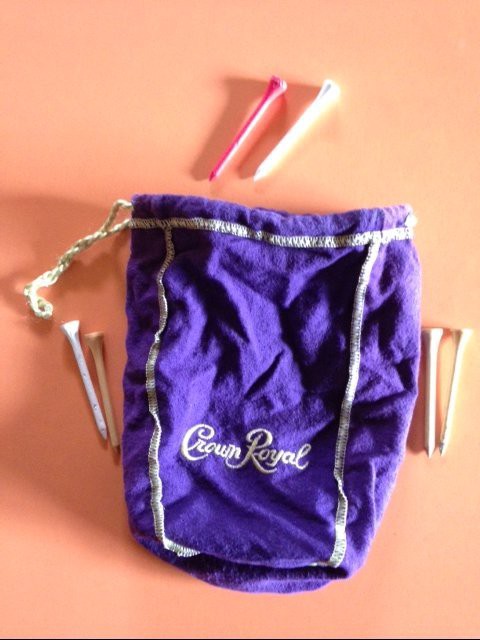
John Martin’s golf tees.
John Martin of Riverview, Michigan, uses a bag for his golf tees. Detroiter James Feagin keeps business cards he collects in one; another holds rare currency and baseball cards. And yes, he does drink the whisky. Ken Amey of Saginaw, Michigan, re-gifted the booze but kept the bag. He uses it for vintage watches. Lawrence Dilworth of Detroit uses his sack for ancient Chinese baoding balls.
“I’ve got one covered in lint that I’ve had for quite so me time,” said April Mowler of Chicago. “Over the years I’ve kept everything in it. You know,” she chuckled, “I bet these bags are like what they say about fruit cake: There’s only one, and it gets passed around eventually to everyone else.”
Photo: Lawrence Dilworth
Ruth Bader Ginsburg, On Tour With Phish
You know what you need today?
Seth had never been nitpicked by Justice Ginsburg before. But she was right. If he ever wanted to be a good lawyer he’d have to strip unexpressive words like ‘stuff’ from his vocabulary. He needed a Klonopin. Could he buy one from his co-clerk Kate? She was so great and smart and evil, of course she’d share her anxiety medicine so she could tell the others he’d broke at work.
Seth was too hard on himself, Justice Ginsburg thought. She figured him to be chill like her grandson, but maybe he wasn’t chill. Maybe he wasn’t her favorite clerk. Why didn’t she ask Kate to do this? Kate was so great and smart and chill and wicked but in a fun way.
“I have a whole life outside work people don’t know about,” Justice Ginsburg said. “I love Trey. I love drug bands, all music really. It wasn’t just the opera with Justice Scalia. You know, I used to read Word Up magazine.” Justice Ginsburg smiled at her second favorite clerk.
That is correct, “Is Eight Enough,” Supreme Court fan fiction from Awl pal Luke Mazur, is what you need today. Go and enjoy.
Home Away From Home
by Carter Maness

The twenty-something looked the part: dirt-streaked face, shoe tongue dragging on the pavement, a Sapporo tallboy so empty it rattled when he walked. In Tompkins Square Park, the outdoor barometer of homelessness in the heart of New York City’s East Village, a camera crew filmed his descent into squalor. He was trailed by a sound guy with a boom mic angled to catch a nearby jazz band flying through a madcap version of “Cherokee.” The director sat in a wheelchair, being dragged backward to ensure the smoothness of his shot.
Filming a fictional march to destitution six hundred feet from real suffering bordered on cruel irony. The very real homeless encampment at 7th Street and Avenue A freaks people out. Busted suitcases, junked bikes, tarp-covered mats, and shopping carts piled high with threadbare clothing insult the bougie sensibilities of the neighborhood’s newer locals, as well as the New York Post, which last July published an alarmist feature warning the park was being overrun. (It was written and reported by five people, but the way it reads, only of one of them appears to have visited the park.) The NYPD responded by installing a panopticon; barely a week later, it was sheepishly removed. Homelessness has been on constant display at Tompkins Square Park for decades; its presence symptomatic of how, in a given era, the city responds to and helps its least fortunate.
Kathleen and Clarence (not their real names) are longtime East Village residents and regulars at Ray’s Candy Store, a legendary storefront on Avenue A that specializes in Belgian fries and ice cream. They told me things have gotten worse.
“They’re younger and have more privilege,” Kathleen said.
“Yeah, and those guys with the dogs,” said Clarence. “What are they called?”
“Crust punks?” I offered.
“Yeah, crusties! A few weeks ago I saw a black car pull up. Man gets out, hands money to one of these crusties, and they drive away.”
Kathleen laughed. “Their hustles stay the same, though. They come in here, order fries, and, when Ray walks to the back, they hop the counter and clean out the register.”
Like the version of New York de Blasio vowed to end, Tompkins Square is a park of two halves: one cardboard, the other beach blankets. The homeless side, which contains the encampment at 7th and A, extends up to 9th street along the park’s western corridor. I’ve been spending afternoons there since December. Two weeks ago, as the weather turned warm, I saw people bumping fists, playing chess, sharing coffee. They gossiped about phones — what SIM cards might work for the models they found. Even the meadow, the park’s grassy center where people sunbathe, adheres to the fault line. On the west side, a homeless couple smoked a spliff, resting their heads on Duane Reade bags packed with clothing. On the east side, tourists paged through guidebooks. Couples made out along the border of a dog park filled with handsome pets.

Tompkins Square Park has been a mirror for the city’s social issues since the Stuyvesant family was paid $93,000 for its land in 1834. The park, named after former governor and Vice President Daniel Tompkins, has always been a place for local communities to gather, whether Germans in the mid-to-late 1800s or the influx of African-Americans and Puerto Ricans in the 1950s. Counter culture bloomed in the sixties, especially after the park’s bandshell was unveiled in 1966. It was a central location for activism and performances both local and, in those early days, from bands like the Grateful Dead.
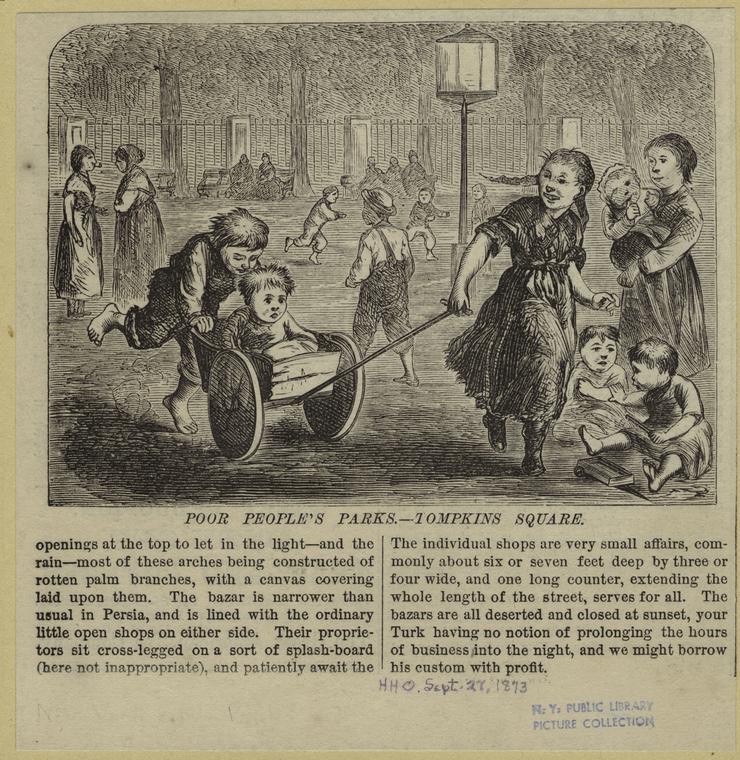
Homelessness skyrocketed in the 1980s, when a broke city couldn’t afford to provide adequate housing for its most impoverished citizens. Tent cities sprang up in the park. Drugs were sold and abused, and residents — torn between supporting their own and disgust at the noise level (not so much the poor sanitation or vagrant populations) — complained to the administration of Mayor Ed Koch. In the summer of 1988, tensions boiled over after Manhattan Community Board 3 voted on June 28th to install a 1am curfew (the park had been open twenty-four hours for its first hundred and fifty-four years). On July 11th, the NYPD carried out major overnight eviction, clearing out all non-homeless residents and sequestering those with nowhere to sleep in the park’s southeast corner. On the night of August 6th, tensions exploded as the NYPD stoked a riot, responding to thrown bottles with overt force, in many instances hiding and removing their badges while they clubbed bystanders. By 1990, the tents were forcibly removed. Some homeless protesters burned their shelters in defiance of the city’s treatment.
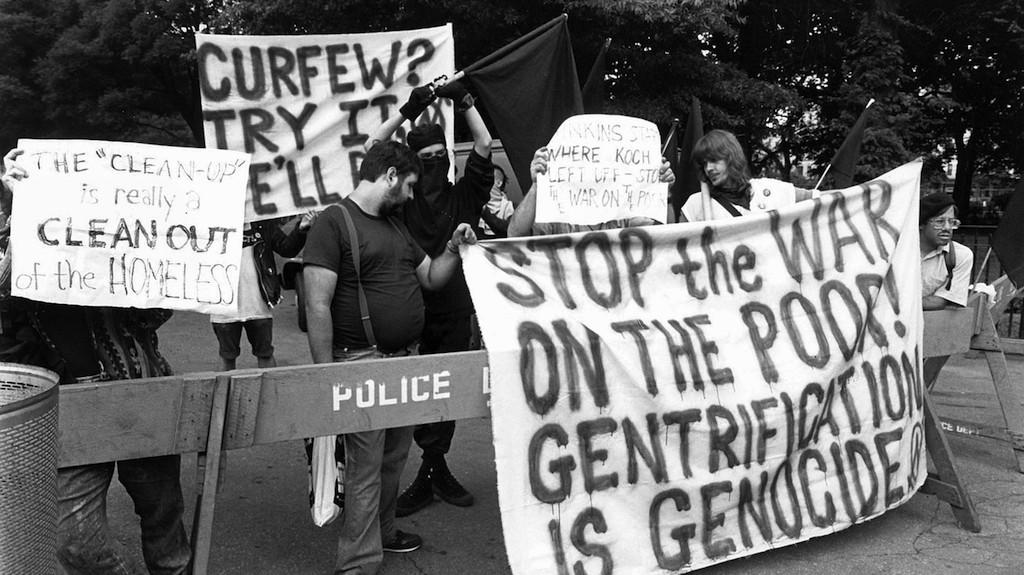
The 1988 riot in Tompkins Square Park, NYC Parks Department.
On June 3, 1991, acting on orders from Mayor David Dinkins, three hundred police officers surrounded the park. Under the guise of a $2.1 million renovation, they dismantled all remaining homeless encampments and built a plywood fence to signal its closure. When the park reopened in August of 1992, the bandshell was removed, the pavement powerwashed, and the homeless siphoned into federal housing programs, shelters, and less visible pockets across Manhattan. Removing the centralized hub for social services provided the appearance of a cleaner East Village. But when Dinkins left office in 1993, there were twenty-three thousand homeless people, a near twenty percent increase from his inauguration, and a number that held steady through Giuliani’s broken-window nineties, when the homeless were routinely sent to the Tombs for minor infractions.
In addition to a consistent increase in homelessness through Mayor Mike Bloomberg’s first two terms (and despite his administration’s policy of gifting one-way tickets out of town), there was a massive spike following the 2008 financial crash — a combination of gutted programs and job loss left an unsustainable number of New Yorkers without a permanent residence. There are now fifty-nine thousand homeless people in New York City shelters each night, an increase of about six thousand from that time, during which the mayor cut nearly every safety net available to the homeless. It’s hard to get an accurate number, but just under three thousand people live on the streets, according to the latest Homeless Outreach Population Estimate. That’s down twelve percent from the previous year, which made for big news, but most homeless are in and out of the shelter system, which, even before recent slashings, garnered a universal reaction from the community: Way too dangerous.
The week before Christmas in 2015, Mayor de Blasio responded to growing concerns about homelessness by creating HOME-STAT, a program that tracks real-time complaints and placed five-hundred additional canvass workers covering every block between 145th and Canal Street. It also added quarterly nighttime surveys in addition to the annual HOPE count each February, as well as a systematic review of how the homeless population spiked. By April 6 of this year, de Blasio merged the city’s agencies for homeless services and welfare into a body led by Steven Banks, then commissioner of the Human Resources Administration. He announced the program’s official launch at Tompkins Square Park just after a mentally ill homeless man was forcibly removed from the area. Tabloids seized the opportunity.

There was a large flock of pigeons near the encampment where I met Tommy, a man with epilepsy who has slept in the park on and off for the past twenty years. The birds tore at bread and seeds, erupting in flight each time someone passed. To my left, drying clothes were hung over a wrought iron fence, and a man held a shirt to the sun to check for stains. A woman, screaming “She stole two motherfuckin hundred dollars from me!” had a black cocktail dress slung around her neck.
“They rob you,” said Tommy when I asked him what happens when you sleep in the park. “People take advantage of you. If there’s anything to steal, it’s gone.” I asked where he would go to be safe. “When the cops chased me out, I slept by the waterfront by NYU.” I realized he meant NYU Langone, the hospital, which borders the East River off 30th Street.
With help from YAI (The National Institute For People With Disabilities, originally founded as the Young Adult Institute), Tommy has received both rent and food assistance for the past six months. He now has a Section 8 apartment, affordable housing south of the park “near the electric generator.” He told me it was a blessing to have a door to lock his possessions behind, and that missions (Bowery), ministries (Food For Life, Hope For The Future), and nonprofits routinely came by to provide hot meals, sandwiches, and coffee. The whole time I was there, not fifteen minutes passed without seeing an outreach worker or police officer extending a hand. The cops knew the regulars; they greeted everyone with empathy and warmth.
Tommy introduced me to his best friend, Brown, who sits in the park every single day, “even in the rain,” and to whom Tommy lent his last two dollars so he could buy a kind of synthetic marijuana called K2. Brown, for lack of a better term, was weathered as fuck. Born and bred in Crown Heights and a resident of the East Village for the past six years, he stared at some nameless thing in the distance. I asked if the park was more of a community than outsiders might realize.
He shook his head. “Every man for himself in the park.”
“There’s some good people and bad people,” said Tommy. “I’d rather root for the good people.”

I exited at 7th and A, where a crust punk was unzipped. He openly scratched his balls, but looked ashamed when we made eye contact. Off 9th Street, where I stopped to inhale a Superiority Burger, a duo of undercover cops were cuffing two homeless men. One of the cops wore a hoodie that said “Brooklyn 💓.” At 9th and B, two lines had formed. A community church was giving out coffee and Entenmann’s pastries. The lines were completely segregated: one, which was served first, was mostly men, all speaking English. The second line was all Chinese women and Spanish speakers.
On the corridor that runs parallel to Avenue A, Diane Dunne was setting up for her Church Without Walls. Pastor Diane, as she’s called, has run Hope For The Future Ministries since she quit her job as a cosmetics executive in 1987. Each Wednesday and Saturday afternoon, she preaches her own brand of radical Christianity and feeds a multicultural congregation of the homeless and hungry. Volunteers prepped for communion — wafers and juice poured into flimsy paper condiment cups — as Dunne greeted her parishioners with hugs and shouts of encouragement. Her crew distributed songbooks, New Testaments, and bottles of soda: Mountain Dew, Diet Dr. Pepper, and Lipton Iced Tea.
Dressed in a crisp blue leather jacket and purple shirt, she took the microphone. “Has everybody got their sodas?” She immediately launched into a version of the Hava Nagila. “Jewish people do Passover every year,” she said. “And they don’t realize they’re talking about Jesus!” A lumbering man who looked like he could have been a biker in a past life nodded to me to me as I watched. He said, “A lot of my friends have been fed by her in times of trouble. You wouldn’t believe the hate she receives. Somebody punctured her tires a few weeks ago.”
After the service, which featured tambourines and a raucous version of “Our God Is An Awesome God,” Dunne’s crew distributed food and communion to everyone in need. Brown stayed on his bench, but Tommy grabbed enough to eat for both of them. The “optics” of this kind of visible homelessness seem bad to people with money. But the homeless continue to gather at Tompkins Square Park because it provides a centralized point for social services. Their numbers serve as a consistent reminder of the city’s responsibility to create permanent assistive housing for those in need. Their presence maintains a whiff of protest against the delusion that if homelessness is made invisible, it has gone away. Tompkins Square Park is a place for people, especially those in need. When their numbers swell, it is not a spill to clean up, but a reminder of how much more there is left to do.
Soundscan Surprises, Week Ending 4/28
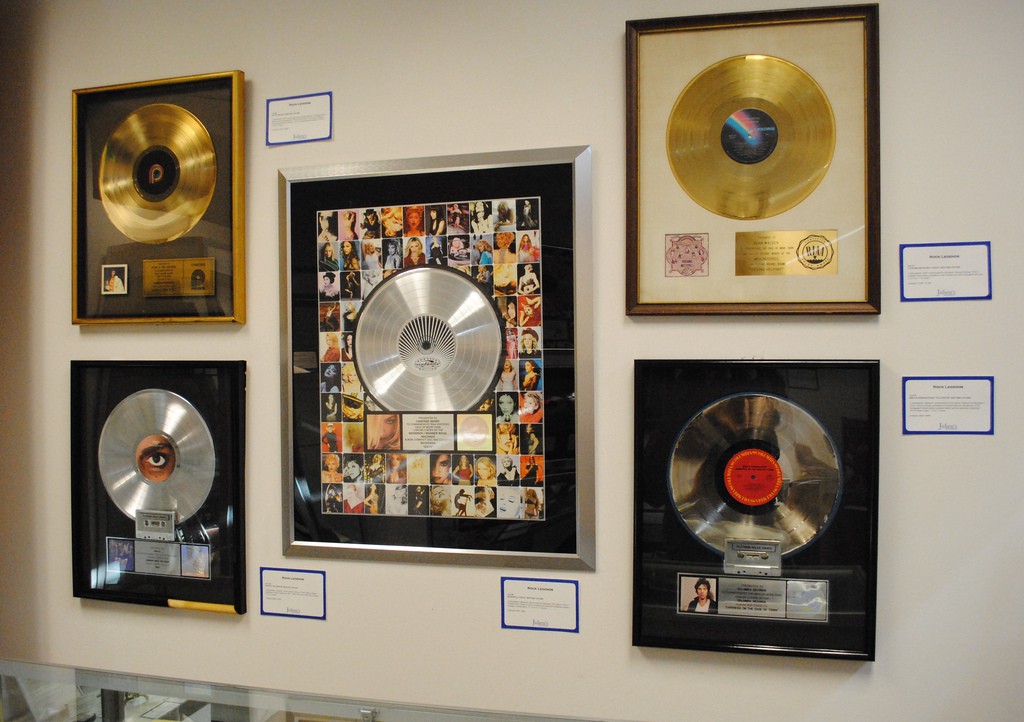
What’s Alanis Morissette up to these days? Writing an advice column for The Guardian, recanting accusations of irony, and still surfing twenty-year-wave of “Jagged Little Pill” sales.
9. MORISSETTE*ALANIS JAGGED LITTLE PILL 5,732 copies
11. MADONNA LIKE A VIRGIN 5,512 copies
16. TWENTY ONE PILOTS VESSEL 4,255 copies
26. DRAKE TAKE CARE 3,168 copies
46. YOAKAM*DWIGHT VERY BEST OF DWIGHT YOAKAM 2,507 copies
50. GREEN DAY AMERICAN IDIOT 2,317 copies
90. ABBA GOLDGREATEST HITS 1,768 copies
134. BEYONCE DANGEROUSLY IN LOVE 1,437 copies
180. CAREY*MARIAH BALLADS 1,254 copies
(Previously.)
Photo: Flickr
Pottery Shitty
You’ve heard of terracotta (baked earth) but how about merdacotta (baked shit)? An enterprising farmer in northern Italy teamed up with an architect and and an artist to turn his cows’ massive dumps into fertilizer, natural gas, and a clay substrate not unlike adobe. Last year they opened a shit museum, and this year they presented their shit wares at the Milan Furniture Fair. They even made an actual shitter.
James Blake, "I Need A Forest Fire (ft. Bon Iver)"
You know what? Today’s going to be great. The sun will shine and everything to be fine. You will have a smile on your face as you walk into work and you will whistle a happy tune on your way home and in between you won’t spend a second upset. It will all just go well. (SHHHH, I’m trying something. If this doesn’t work I don’t know what I’ll do, because I’m all out of options otherwise.) Here’s a video from the new James Blake record, which is fine. I would tell you to enjoy, but the way this day will go for you of course you’ll enjoy. You’re going to enjoy everything.
New York City, May 9, 2016
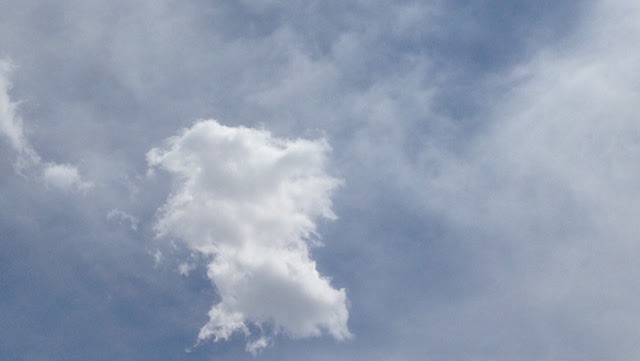
★★★★ The birds were blasting their birdsong in stereo. A little girl stepped out the apartment building door and stopped, arms flung wide, till her mother urged her to get going and apologized for blocking the way. The overnight chill lingered in the cross-street shade, but out on Broadway the sun crashed down and scattered it. The climate control system indoors was not up to reckoning with the interplay of warmth and cold, and settled for just blowing cold. A giddy breeze came up Fifth Avenue; clothing fluttered and pressed against the moving bodies underneath. Clouds overlaid the pure sun, till the afternoon sky was pale and glarey. White tulips had opened so far they were sprung and beginning to fall apart.
Five Thoughts About People Who Write
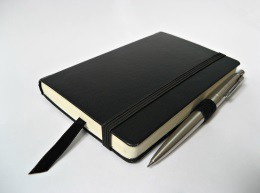
Are writers psychopaths? I don’t know, psychopathy bespeaks a level of focus and determination that one does not normally associate with writers (I mean, not the “good” ones). But some study shows that “creative people have psychopathic personality traits,” so sure, why the hell not, let’s say yes. But what else can you say about writers? We have gathered a collection of assessments from unbiased observers who have spent many years considering the question, and here are just a few conclusions:
• “Most writers are a seemingly impossible mix of neediness, self-importance and insecurity. It should not be shocking that someone who has decided their expertise is so invaluable that everyone else is waiting for them to weigh in on a subject — these are frequently the kind of people who tell you that they have to write, it’s not a choice or an option for them, it’s something that they must do for they can do no other etc. — would prize the earthshaking events of their own life that helped develop their unique, inestimable voice as highly as (if not more highly than) the ostensible subject which they are using as a jumping-off point to tell you more about themselves…”
• “Why are writers so hideous? Opinions differ, with one theory suggesting that ‘ugly on the inside = ugly on the outside’ but my personal hypothesis is that normal-looking people are busy actually doing things while the grotesque and frightening can only observe, and those foul wretches develop these skills into a talent, if that is a word you want to use, for writing, which, with the decline of the traveling freakshow, is really the only career path open to society’s most repulsive-looking monsters.”
• “The astounding level of self-regard it takes for someone to call himself a writer, let alone set out to put his idiot thoughts on paper with the expectation that they will be both read and welcomed is a better argument against Darwin’s theory of evolution that any Bible-thumping evangelist could ever dream of. Fuck writers. I mean, not literally, they are unfuckable. The only thing that they are worse at than sex is writing about sex.”
• “Contemporary fiction is… the logical result of awarding advanced degrees for professionalized navel gazing to people whose fragile, precious gift precludes them from doing any other kind of work.”
• “Nobody needs to be a writer. Nobody. I can certainly understand the appeal of not doing physical labor or toiling in a field in which your brain is not fully engaged but there is no human need to be a writer. I get it, you have thoughts, you feel the world should share them, you like attention, you don’t want to do something else that is probably harder and less affirming of how special your sensitivities are, but you know what? The world will somehow get along without your deep and knowing interpretations of what we mean when we say something or what is conveyed when we stare into the middle distance or how our titanic struggles with existence are often played out in the smallest and most quotidian of ways. Someone else will eventually say it, and probably better. What the world needs, frankly, is for everyone who needs to be a writer to shut the fuck up for a while (I ask for a year but I would settle for six months) and do some real fucking work and maybe look around and realize just how worthless their insights into our sad doomed lives really are.”
Gosh, I’m convinced. Writers really are terrible. I think psychopaths might want to make sure that this study doesn’t lead to negative associations on their part. You can imagine how embarrassing that would be.
Sobriety Incomprehensible
“I prefer a world with alcohol than without. I don’t understand how people get through this world without drinking.”
— They have probably stopped making men like Joe Allen, and given the way the world is changing that may be for the best, but it’s worth wondering what we’re losing as those guys pass into history.
